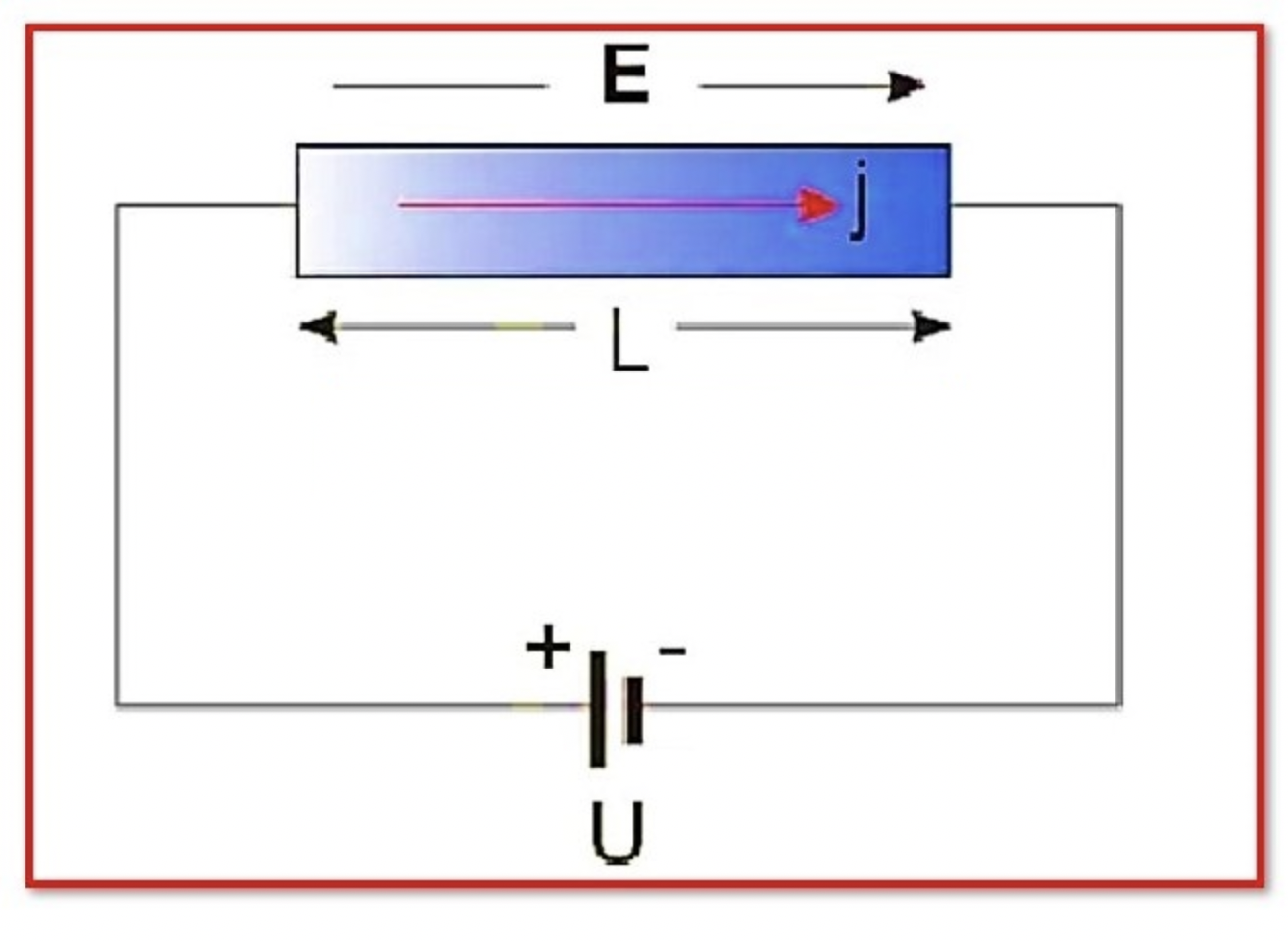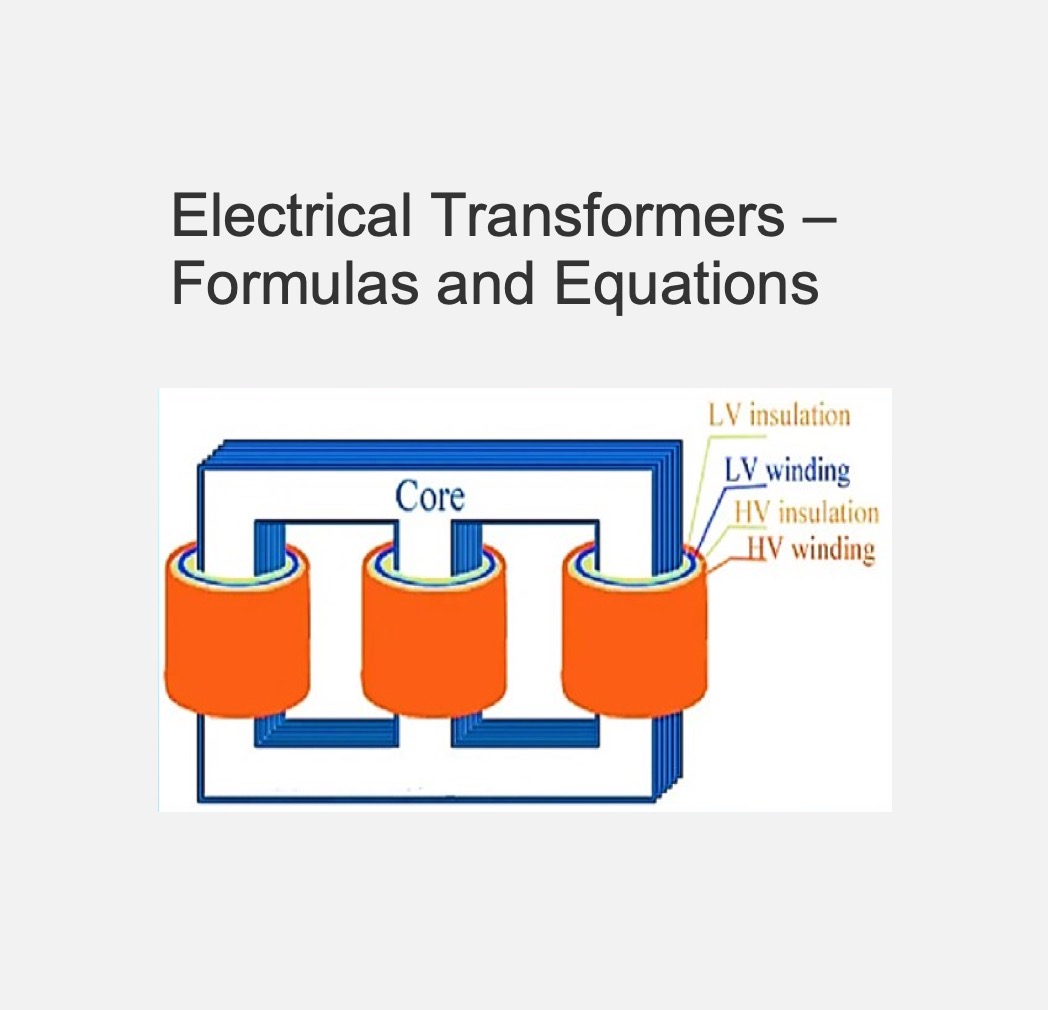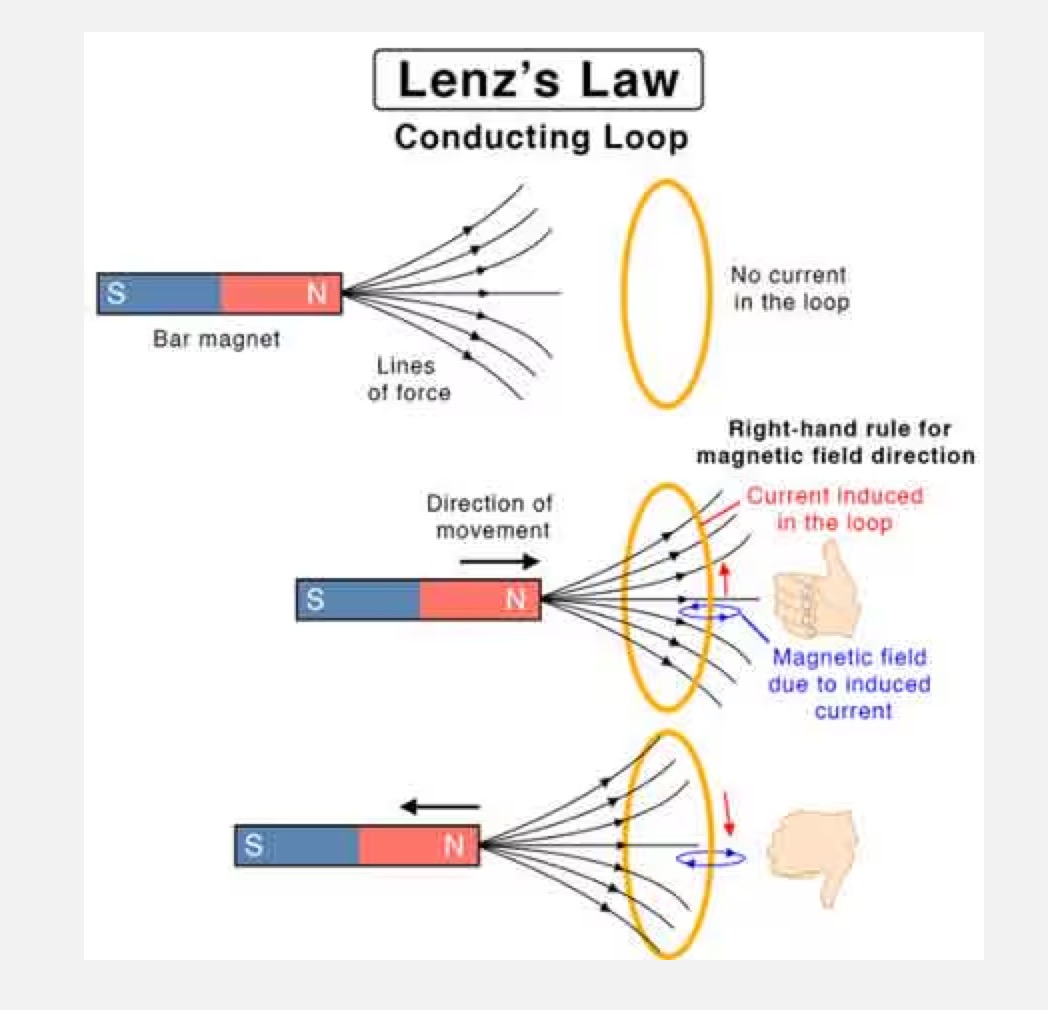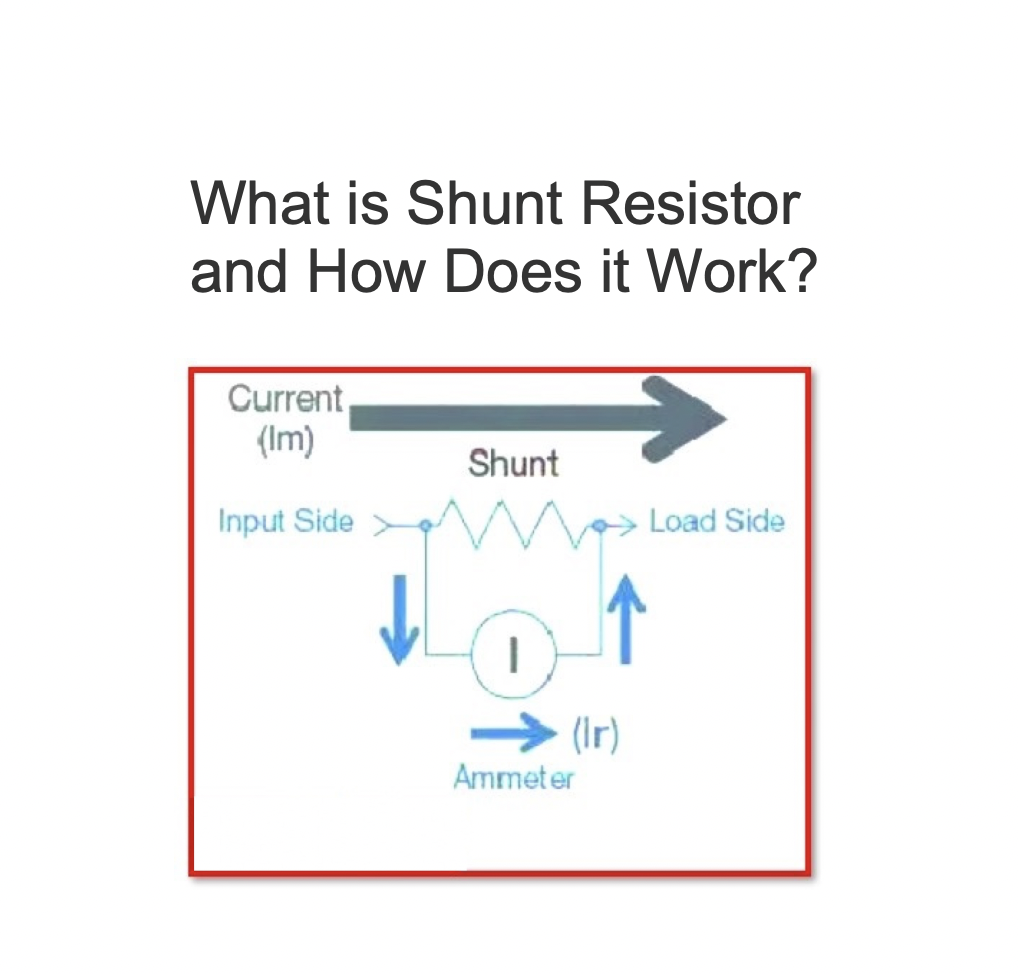Wiedemann–Franz law
The Wiedemann–Franz law is a relationship in physics that relates the electrical conductivity of a metal to its thermal conductivity. It states that the ratio of the electrical conductivity to the thermal conductivity of a metal is proportional to the temperature and is equal to a constant known as the Lorenz number. The Wiedemann–Franz law is named after German physicists Georg Wiedemann and Robert Franz, who first proposed it in the mid-19th century.
Wiedemann–Franz law Derivation:
Mathematically, the Wiedemann–Franz law can be expressed as:
σ/κ = L T
where:
σ – Electrical conductivity of the metal
κ – Thermal conductivity of the metal
L – The Lorenz number
T – Temperature of the metal

The Wiedemann–Franz law is based on the idea that the conduction of heat and electricity in a metal is related to the motion of the metal’s electrons. According to the law, the ratio of the electrical conductivity to the thermal conductivity of a metal is a measure of the efficiency with which the metal’s electrons transport heat.
The Wiedemann–Franz law is useful for predicting the thermal and electrical conductivity of metals at different temperatures. It is also useful for understanding the behavior of metals in electronic devices, where both electrical conductivity and thermal conductivity are important considerations. The law is generally considered to be a good approximation for most metals at low temperatures, but it can break down at higher temperatures or in the presence of strong electron-phonon interactions.
Wiedemann-Franz Law’s Limitations:
The value of L varies depending on the substance.
This law does not apply to intermediate temperatures.
In pure metals, both σ and κ rise as temperature drops.
Statement: Respect the original, good articles worth sharing, if there is infringement please contact delete.
As an electrical engineer with 5 years of experience, I focus on transformer and circuit breaker reliability in 110/33-11kV and 33/11kV substations. I am a professional electrical engineer with experience in transformer service and maintenance.













